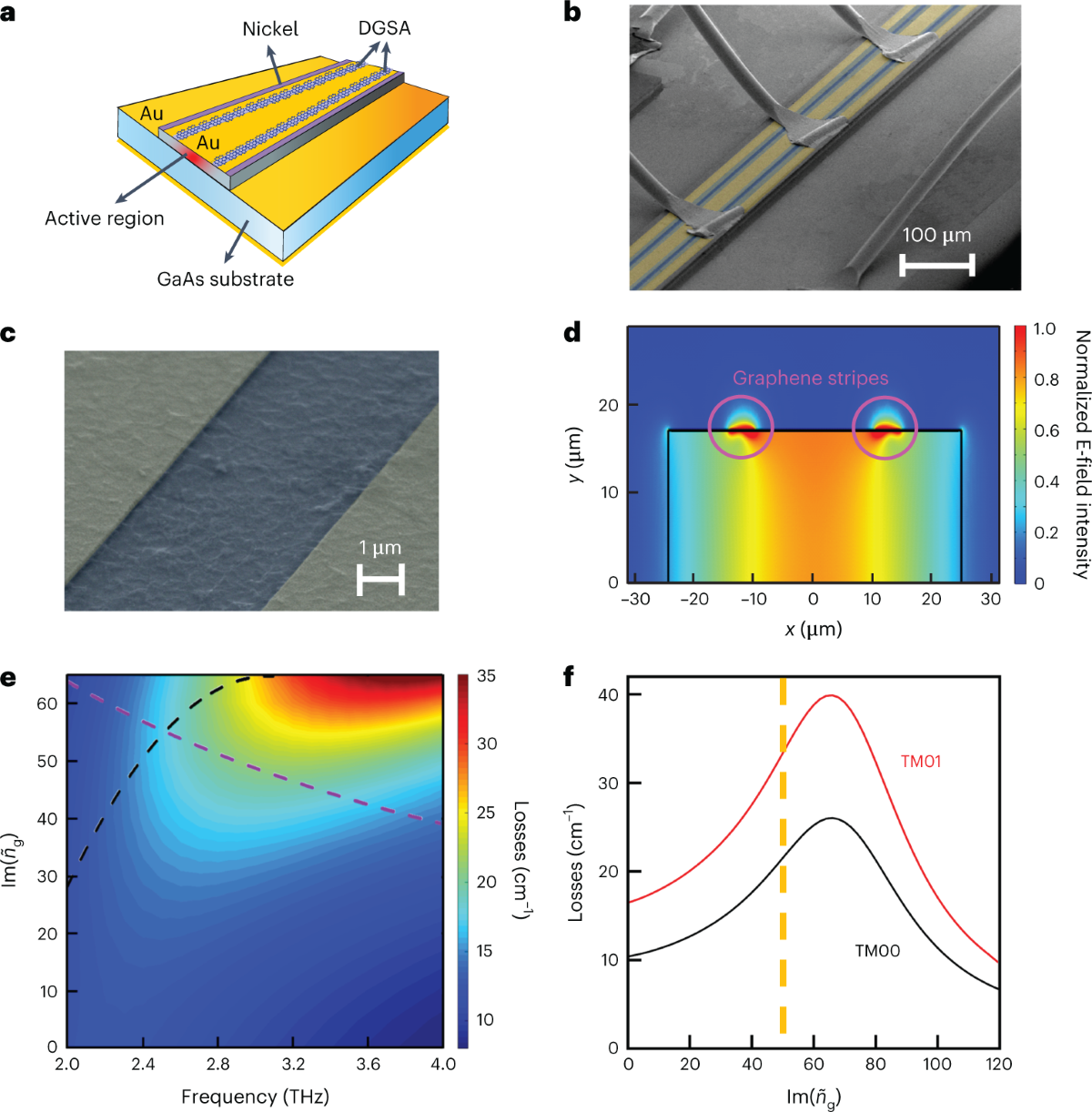Contents

Source: Nature
The Kuizenga–Siegman Theory in Laser Physics
The Kuizenga–Siegman theory is a theoretical framework used to calculate the pulse duration of an actively mode-locked laser. In this theory, two main mechanisms influence the duration of the circulating pulse: the modulator, which attenuates the pulse wings, reducing the pulse duration, and the gain medium, which tends to broaden the pulse bandwidth, thus increasing the pulse duration.
Understanding Pulse Duration Calculation
The steady-state pulse duration in an actively mode-locked laser can be determined by balancing the effects of the modulator and the gain medium. The Kuizenga–Siegman theory provides a relatively simple equation for calculating the pulse duration based on the intensity gain, modulation strength, modulator frequency, and FWHM gain bandwidth.
The equation ${tau _{rm{p}}} approx 0.45 cdot {left( {frac{g}{M}} right)^{1/4}}{left( {{f_{rm{m}}} cdot Delta {
u _{rm{g}}}} right)^{ – 1/2}}$ captures this balance, where g is the intensity gain, M is the modulation strength, ${f_{rm{m}}}$ is the modulator frequency, and Δ${nu _{rm{g}}}$ is the FWHM gain bandwidth.
Extensions and Modifications
For different types of mode-locked lasers, including passively mode-locked lasers, modified theories may be necessary. For instance, in passively mode-locked lasers utilizing a saturable absorber, the pulse shortening effect is proportional to the pulse duration, leading to a different equation for pulse duration calculation.
In more complex laser systems where chromatic dispersion and optical nonlinearities play significant roles, advanced models and numerical simulations are required. This is common in fiber lasers, where a simple balance between pulse-shortening and pulse-broadening effects, as in the Kuizenga–Siegman theory, is insufficient.
Conclusion
The Kuizenga–Siegman theory provides a foundational understanding of pulse duration calculation in actively mode-locked lasers. While it offers a straightforward approach for certain cases, more sophisticated models and simulations are necessary for complex laser systems. By exploring various theories and models, researchers can further enhance their understanding of laser physics and advance the development of advanced laser technologies.
Source: ScienceDirect.com
Feel free to comment your thoughts.



